Description
Fipronil: A Powerful Insecticide with a Complex Story
Fipronil is a broad-spectrum insecticide widely used in agriculture, pest control, and veterinary medicine. While highly effective at controlling a variety of insect pests, its use has also raised concerns due to potential risks to non-target organisms and the environment. This article delves into the properties, uses, and controversies surrounding fipronil.
What is Fipronil?
Fipronil belongs to the phenylpyrazole chemical family of insecticides. Its primary mode of action involves disrupting the normal function of the central nervous system of insects. Specifically, it blocks the passage of chloride ions through the GABA-gated chloride channels, leading to hyperexcitation of the insect’s nerves and muscles, ultimately causing death. This mechanism of action is different from other common insecticides, such as organophosphates and pyrethroids, making it effective against insects resistant to these other chemicals.
Common Applications of Fipronil:
Fipronil’s effectiveness has led to its widespread adoption across various sectors:
- Agriculture: Used to control pests on crops like rice, cotton, potatoes, and corn, protecting yields and reducing crop damage.
- Veterinary Medicine: A common ingredient in flea and tick treatments for pets, providing effective and long-lasting protection.
- Pest Control: Employed for controlling ants, cockroaches, termites, and other household pests in both residential and commercial settings.
- Golf Courses and Turf Management: Applied to manage turf pests like grubs and other insects that damage grass.
Benefits of Fipronil:
- Broad-spectrum control: Effective against a wide range of insect pests.
- Relatively long residual activity: Provides extended protection after application.
- Different mode of action: Useful against insects that have developed resistance to other insecticides.
- Variety of formulations: Available in granules, liquids, gels, and spot-on treatments, allowing for diverse application methods tailored to specific needs.
Concerns and Controversies:
Despite its benefits, fipronil has been the subject of significant concern and controversy due to its potential risks:
- Impact on Non-Target Organisms: Fipronil can be toxic to beneficial insects, such as bees. Exposure can lead to impaired navigation, reduced foraging ability, and hive collapse, contributing to concerns about pollinator health.
- Environmental Persistence: Fipronil can persist in the environment, particularly in soil and water, leading to long-term exposure for wildlife.
- Aquatic Toxicity: Highly toxic to aquatic organisms, including fish, invertebrates, and amphibians. Runoff from agricultural fields and improper disposal can contaminate water sources.
- Human Health Concerns: While considered to have low acute toxicity in mammals, concerns exist regarding potential chronic health effects from long-term exposure through food and water.
- Food Safety Incidents: Fipronil contamination of food products, such as eggs, has led to recalls and public health scares, highlighting the potential for misuse or accidental contamination in the food chain.
Regulation and Management:
Due to these concerns, the use of fipronil is heavily regulated in many countries. Regulations include restrictions on application methods, permissible levels in food, and requirements for risk assessments. Ongoing research efforts are focused on:
- Developing safer application methods: Minimizing drift and runoff to reduce exposure to non-target organisms and the environment.
- Exploring alternative pest control strategies: Promoting integrated pest management (IPM) practices that reduce reliance on chemical pesticides.
- Developing formulations with reduced toxicity: Creating fipronil formulations that are less harmful to beneficial insects and other non-target species.
Conclusion:
Fipronil is a powerful insecticide with a vital role in agriculture, pest control, and veterinary medicine. However, its use comes with potential risks to non-target organisms, the environment, and potentially human health. Responsible use of fipronil requires adherence to regulations, careful application, and a commitment to integrated pest management strategies. Ongoing research and monitoring are crucial for minimizing the negative impacts of fipronil and ensuring the sustainability of pest control practices. It is imperative to continually seek and implement safer alternatives whenever possible to protect the environment and human health.

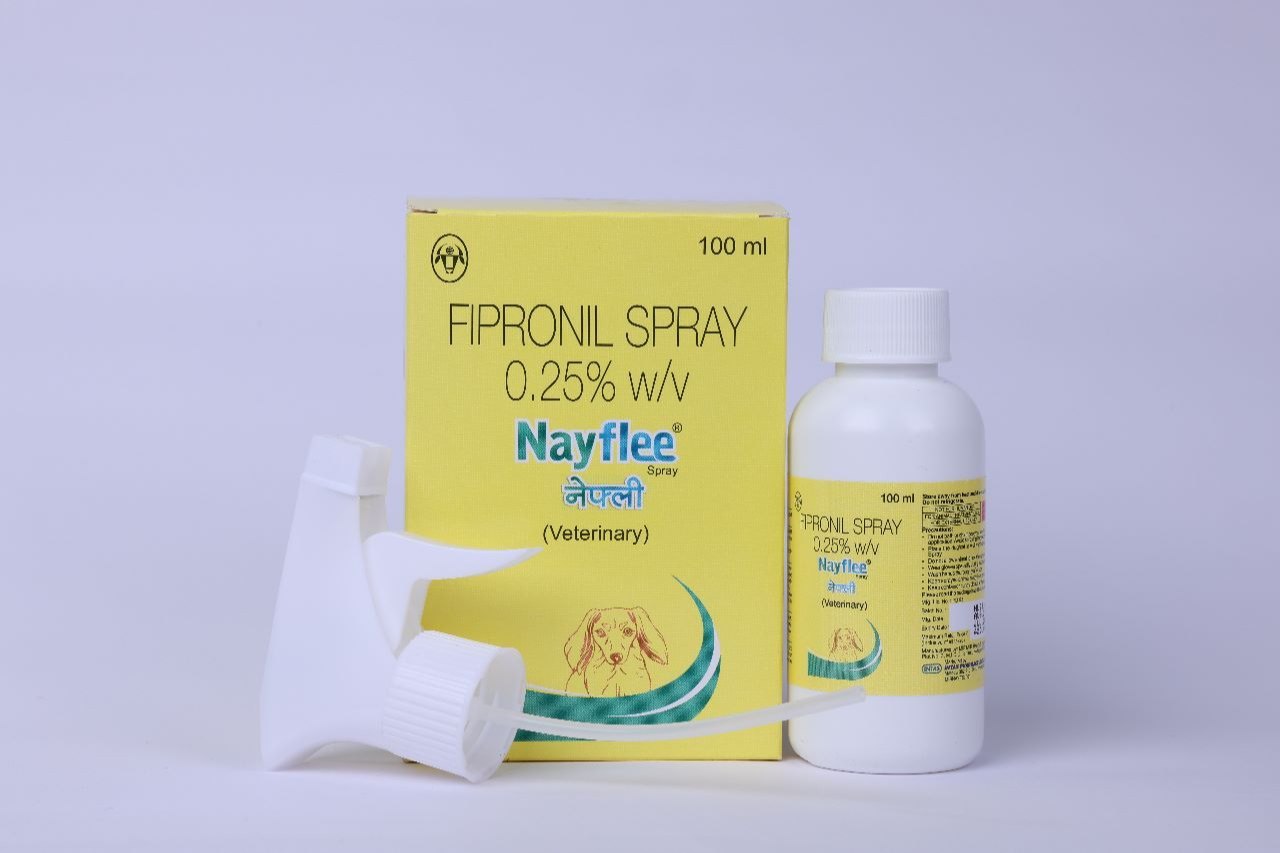


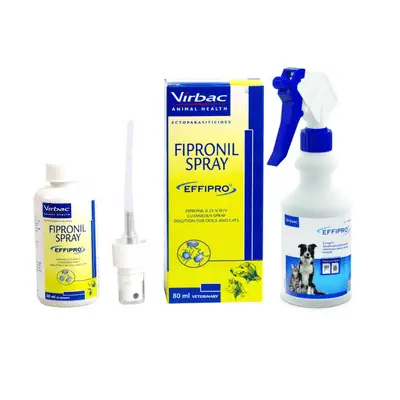

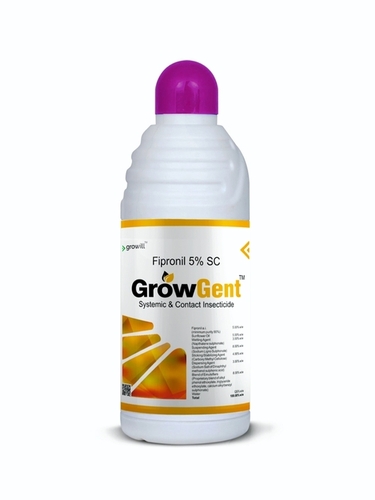
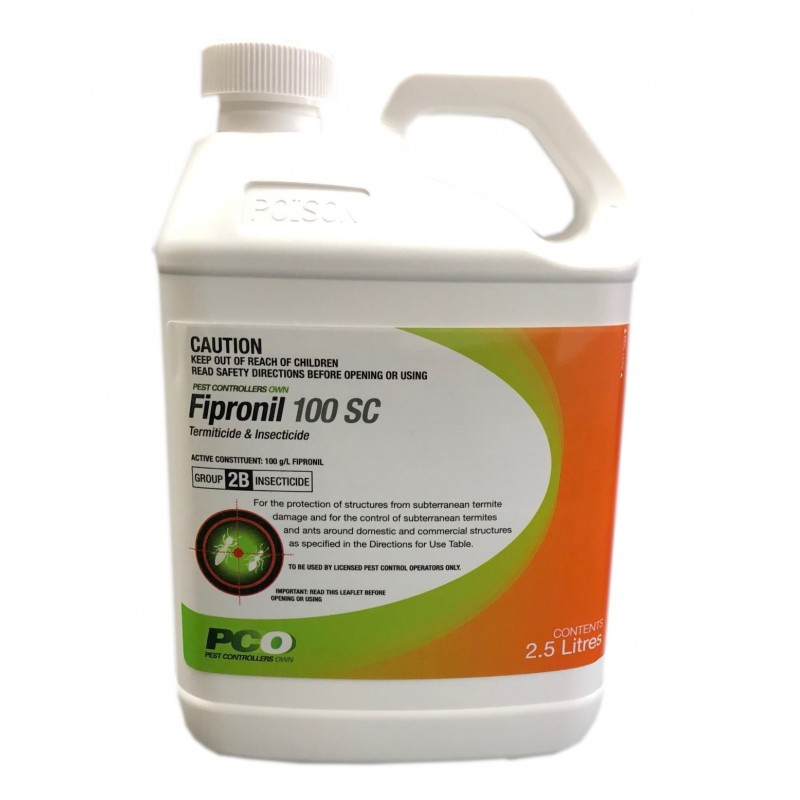

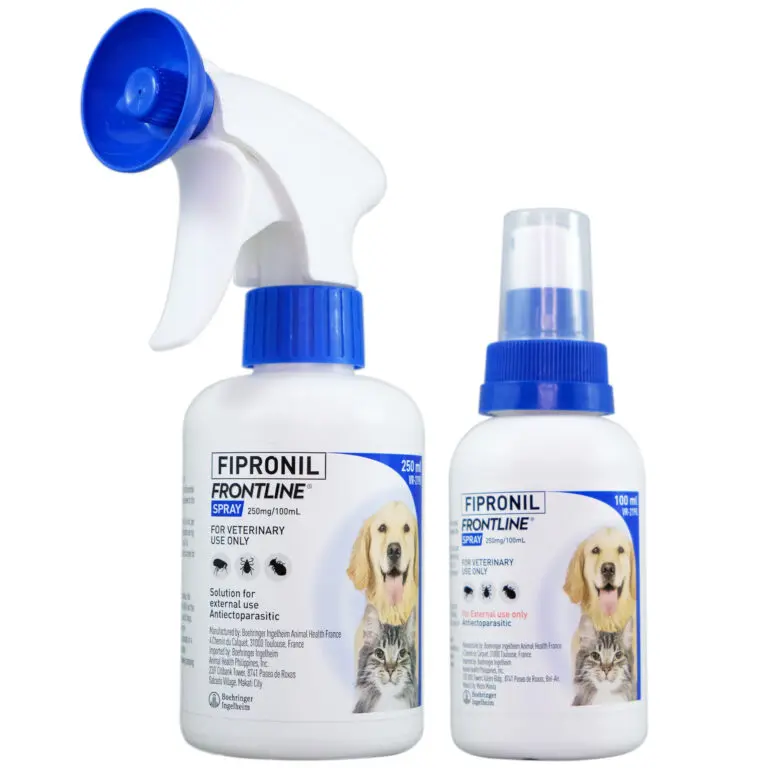
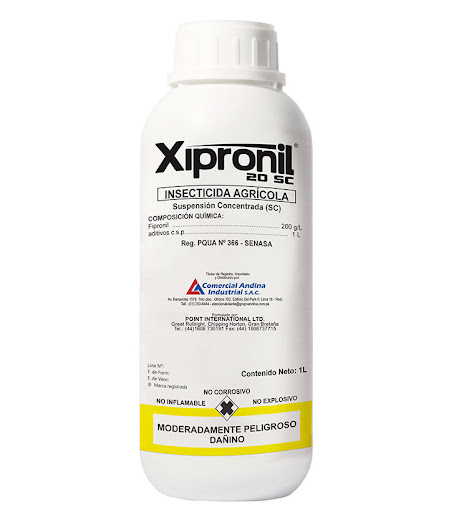





Reviews
There are no reviews yet.